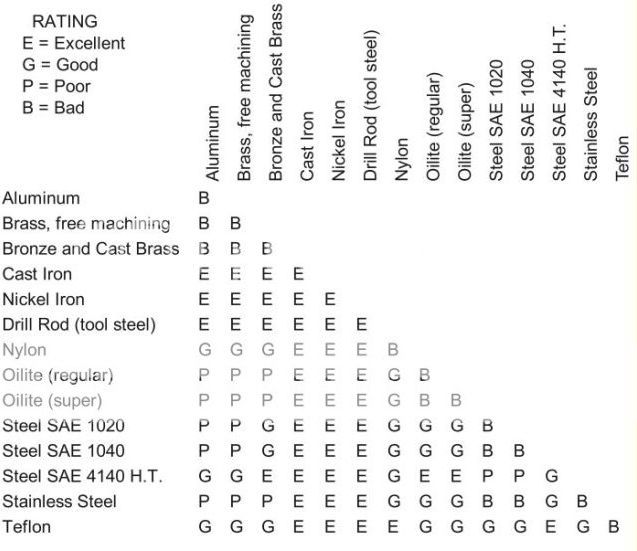Looking at my pictures, I've realised I didn't mention the crankcase door windows. They were milled flat and the window cut. There was very little metal left in some places.

The cover plates had previously been squared up and holes made for the securing screws (not shown on the drawings).

Both sides were done in the same way. Thinking about it afterwards, I wondered why the crankcase had windows machined when the doors were to be epoxied in place.
On now to the exhaust stub platform. When this was milled, the area was well undersize for the exhaust stub, so an application of JB Weld will be necessary.

The water inlet was drilled and tapped at the same setting. Afterwards, the casting was turned over and the water outlet was drilled and tapped.
The casting for the exhaust stub was rough-looking and remembering how poor the surface finish ended up on the crank brackets, I decided to ignore it and make the stub from a handy piece of cast iron (that would have been used originally, so that's a good enough reason for me to change it!)

The drawing shows an 8mm hole through the stub and a 10mm hole through the cylinder body. Looking at the shape of the casting, I think there may have been a mistake in the stub drawing. Anyway, I made an extension of the stub with an 8mm hole all the way through that fitted in the 10mm hole and if I am careful, I should be able to get it to a reasonably close fit against the cylinder liner. The extension was made overlong for trimming later.


Dave
The Emerald Isle

The cover plates had previously been squared up and holes made for the securing screws (not shown on the drawings).

Both sides were done in the same way. Thinking about it afterwards, I wondered why the crankcase had windows machined when the doors were to be epoxied in place.
On now to the exhaust stub platform. When this was milled, the area was well undersize for the exhaust stub, so an application of JB Weld will be necessary.

The water inlet was drilled and tapped at the same setting. Afterwards, the casting was turned over and the water outlet was drilled and tapped.
The casting for the exhaust stub was rough-looking and remembering how poor the surface finish ended up on the crank brackets, I decided to ignore it and make the stub from a handy piece of cast iron (that would have been used originally, so that's a good enough reason for me to change it!)

The drawing shows an 8mm hole through the stub and a 10mm hole through the cylinder body. Looking at the shape of the casting, I think there may have been a mistake in the stub drawing. Anyway, I made an extension of the stub with an 8mm hole all the way through that fitted in the 10mm hole and if I am careful, I should be able to get it to a reasonably close fit against the cylinder liner. The extension was made overlong for trimming later.


Dave
The Emerald Isle






















































